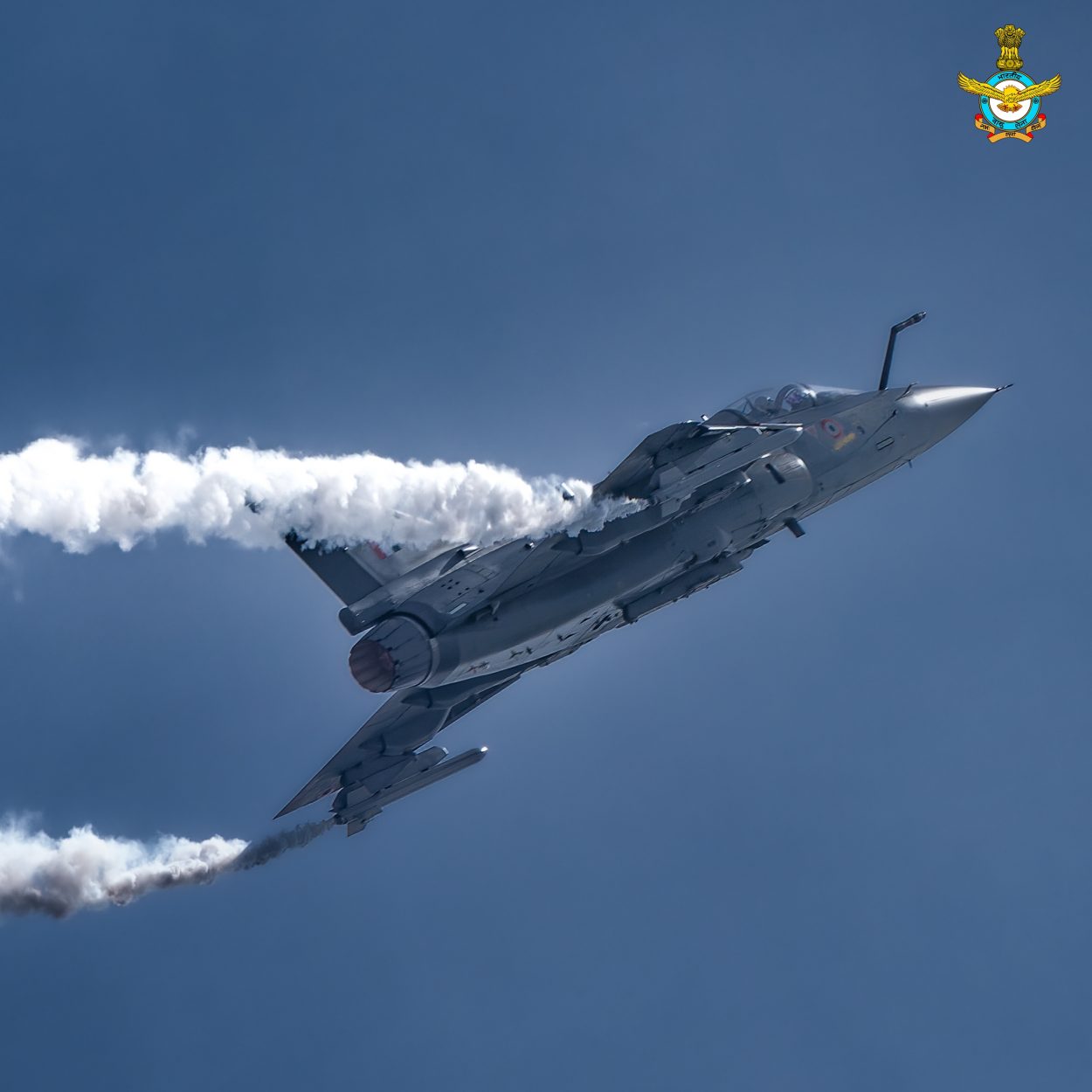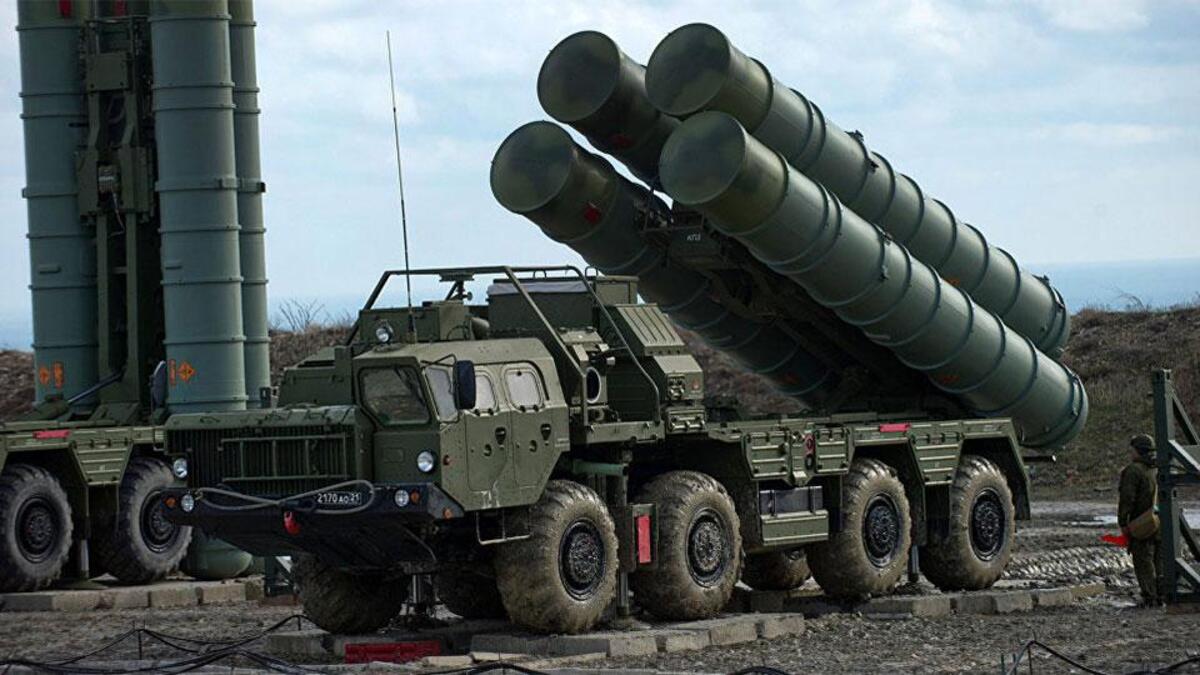Believing in the maxim that it is “better to be feared than loved,” India’s Chief of the Air Staff (CAS), Air Chief Marshal V R Chaudhari, wants “Scholar Warriors” rather than “Air Warriors” in his force to fight the future wars that are going to be unlike the previous ones.
China’s New Hypersonic Drone Can Be Used To Conduct Suicide Attacks On US F-22, F-35 Stealth Fighters – Military Experts
“What we are witnessing today, and the war in Ukraine provides us some lessons, is that the nature of warfare is changing. Now wars are of blended nature. These are hybrid wars. The enemy resorts to asymmetric methods and aims at disproportionate impacts, which one has to fight conventionally and beyond by developing multi-domain capabilities”, the Air Chief said.
“The weapons India now needs in future wars will range from a small computer to hypersonic missiles. We must rebuild India’s traditional war-fighting machinery amid a new emerging paradigm.
Need of the hour is to re-imagine, re-invent, re-train, and re-dedicate”, he pointed out while delivering the 20th Major General Samir Sinha lecture at India’s tri- service, the United Services Institute (USI) today (August 30). He was talking about “The Indian Air Force: Present Status and the Way Ahead.”
The CAS talked of preparing for a two-front war, but it seems that in this two-front, Pakistan was not a matter of much concern for him. He highlighted how one has to fight on two fronts against China – one front in the east (North-East) and the other in the North ( Ladakh). He asserted that India is well-prepared to meet the Chinese threat, a threat that will remain both short-term as well as long-term.

However, the Indian Air Chief did admit that given the resource constraints, the IAF will be emphasizing on “enablers” to add to the impact of the arms and ammunition that the forces’ inventory will have. But, “I do say that the numbers do matter, and our inventory needs expansion,” he pointed out.
According to him, the “future plans” of the Indian Air Force to have these numbers:
- Six squadrons of the LCA MK1 A
- Six squadrons of LCA MK2
- 114 MRFA aircraft
- Seven squadrons of AMCA
- Five squadrons of S-400
- 106 Basic Trainers
- 6 AEW&C systems
- Upgradation of Su-30MKI
- Upgradation of Mi-17 and Mi-18
The Air Chief also talked of the need to have more UCVs, transporters, and weapons such as Astra, Rudra, Brahmos, and radars, which he included in the “hardware” section of the need.
But what is more important than even the hardware today is the software, he said. Because the domains of the war now include cyber to space, he explained.
For him, Space-based assets significantly enhance the potency of air power, and outcomes in the space domain will probably decide the eventual victor in future conflicts.
While traditional communication safeties with geosynchronous orbits have proved their worth due to longer service life and a wide area of coverage, the communication satellites in low and medium earth orbits have their own advantages, the Air Chief said.
“Therefore, we are witnessing a highly proliferated low earth orbit with multiple commercial players entering this segment. In due course, this technology of low earth orbit satellites will evolve, and we shall see reduced manufacturing and launching costs which will favor the shift towards this concept.
While capability enhancement in multiple domains of space application is the way forward, I strongly feel that this evolution can only be fast-tracked through increased civil-military fusion, which is a blend of institutes, industries, startups, academia, research and development, and test and evaluation laboratories,” he noted.

According to Chaudhari, the Defence Space Agency, which is the lead agency for aggregating the requirements of the armed forces, would play a key role in synergizing civil-military cooperation to achieve the desired capabilities in the days to come.
This would mandate increased interplay between the government and commercial space agencies. Like the air power’s effect on surface battles, aerospace power is fast emerging as a new paradigm that will greatly influence all surface activities, he highlighted. “The outcomes in the aerospace domain will probably decide the eventual victor in future conflicts.”
Information warfare is another dimension of the future war, which the Air Chief explained in great detail. Fighting all this requires the fifth generation of technologies, which must be indigenous, he stressed. “ We have to be self-reliant as much as we can.”
He also emphasized the need for “Working Smart” by “faster decision-making,” which is possible because of the ongoing technological revolution.
- Author and veteran journalist Prakash Nanda has been commenting on politics, foreign policy on strategic affairs for nearly three decades. A former National Fellow of the Indian Council for Historical Research and recipient of the Seoul Peace Prize Scholarship, he is also a Distinguished Fellow at the Institute of Peace and Conflict Studies. CONTACT: prakash.nanda@hotmail.com
- Follow EurAsian Times on Google News




